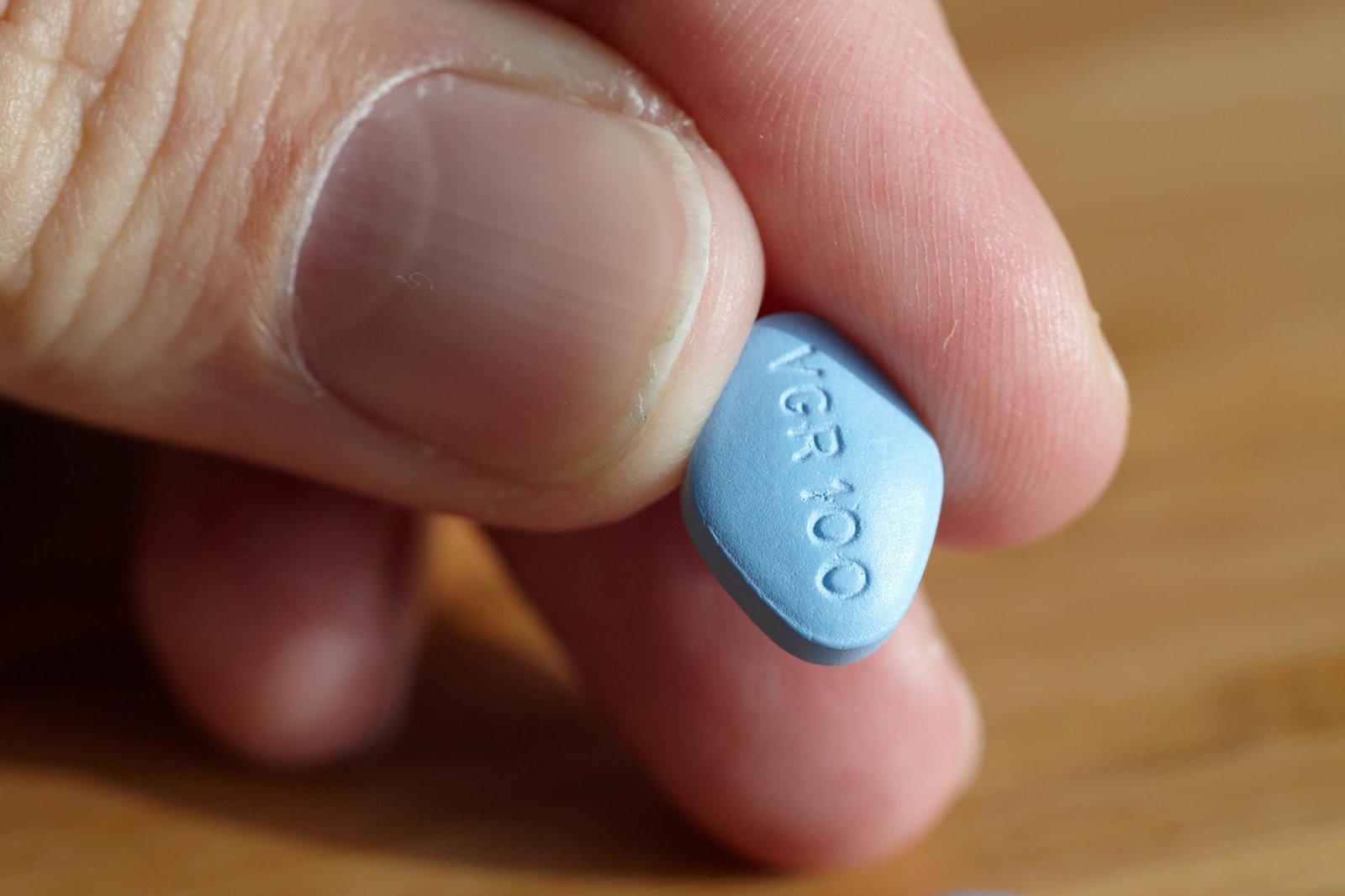1. What Symptoms Recommend Performing An Endoscopy?
It may be recommended to discover the causes of digestive symptoms: Dysphagia, unexplained anemia, passage of guaiac-positive stool, haematemesis, chronic diarrhoeal disorder.
It may also be used in the diagnosis and staging of digestive cancer, for the evaluation of the abnormality detected on imaging studies, for taking biopsies in some pathologies, diagnosis and treatment of upper and lower digestive bleeding, in choledocholithiasis and biliopancreatic tumor patients, in the treatment of polyps and digestive cancers, obesity treatment, without excluding the role of endoscopy in the treatment of tumor.
However, many endoscopic examinations today are preventive in asymptomatic patients. And it is this “preventive indication” that has changed the role of endoscopy in recent years, making it likely that there is no other technique in gastroenterology that contributes so much to the prevention of neoplastic diseases, especially colorectal carcinoma.
2. Regarding The Use Of Sedation, What Role Does This Element Play?
It should be implemented as a protocol for every endoscopic procedure that is carried out on the patient. For the patient, the technique offers comfort and no pain; for the endoscopist, it offers satisfaction in that he can work freely without fear of harming the patient.
3. What Improvements Have Been Introduced With The New Equipment?
The main improvements are based on the high-definition capabilities of videoscopic images, together with extras such as the use of magnification (optical zoom up to 150-160 times) and special light filters to view surface patterns. This contributes to increasing our ability to identify lesions (polyps, early superficial cancers) and predict the type of lesion before treatment.
4. How Do These Technological Advances Affect The Patient?
On the one hand, they expand our capacities in identifying cancer that are at a very early stage, also curable endoscopically and therefore, have a positive impact on the prognosis of the patient. Also, endoscopic procedures are much less invasive than the surgical ones and are associated with fewer postoperative complications.
5. And In The Professional Field?
They force you to perform more careful and lengthy assessment procedures to take full advantage of advances in lesion detection. They also allow you more versatility and capacity for non-surgical treatments, which means greater potential and responsibility in curative procedures than you had 20-30 years ago.
6. Does Increasing The Number Of Processes Increase Clinicians’ Experience?
Not necessarily. New technologies contribute to prolonging procedures, in the sense that we diagnose more lesions, which means longer assessment times and, in many cases, removal of the same.
The increase in procedures would be determined by other factors, mainly the design of new endoscopy units that allow the generalization of deep sedation, the improvement in patient flows between preparation rooms, procedure and recovery rooms, and sterilization areas.
7. What Improvements Does The Future Hold In The Area Of Digestive Endoscopy?
Technological advancements in the form of imaging, new biomarkers and in the near future, even screening by liquid biopsies open the horizon for early diagnosis of neoplastic pathologies of the DIC. All of this will lead to the progressive disappearance of diagnostic endoscopy.
This fact will make therapeutic endoscopy continue to grow and take on a leading role in modern medicine. The paradigm of new treatments in digestive pathology will have to be assessed in a new scenario.
In the area of biliary pathology, the new digital endoscope Spy Glass is still being tested (although it is already a reality), which navigates through the biliary and pancreatic tract and allows a differential diagnosis between a benign and malignant lesion, performing biopsies in a targeted and direct manner and offering treatment according to the pathologies diagnosed.
In the area of endoscopic ultrasound, multiple investigations are being carried out: Reducing the size of the devices, assessing screening in patients with a high risk of pancreatic cancer and treatments for pancreatic tumors. In the therapeutic area, the most notable advance is natural orifice endoscopy (NOTES) which, together with new robotic platforms, will allow the performance of techniques through the lumen of the digestive tract.










